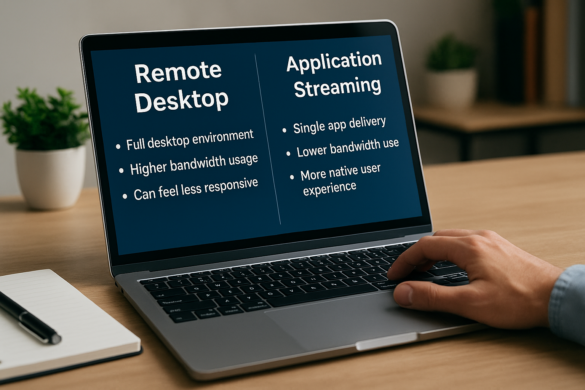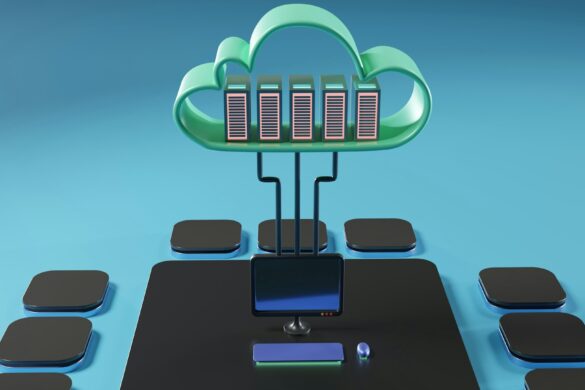Most people think of business strategy as growth, money, or new ideas. That’s fine. But here’s something many forget — safety. It’s not loud or exciting, but it’s what keeps a business standing. When your team feels safe, they work better. They stay longer. They trust you more. Safety isn’t just a rule you follow; it’s a mindset that builds success. For companies with old buildings or industrial spaces, even small risks can turn big fast. Taking steps like proper asbestos abatement isn’t just about fixing things — it’s about protecting people. And that’s what smart business is all about.
A Safe Work Environment Is Vital
At times of high activity and pressure to meet deadlines or impress investors, it can be easy to overlook safety. But this comes at a cost: accidents, injuries or even minor errors could derail your business before its time has even come.
A safe workplace quietly saves money. Fewer accidents mean fewer medical bills and less time lost. But beyond numbers, safety makes people feel cared for. And when people feel cared for, they do better work.
Think about it — when employees know you’re looking out for them, they don’t just show up. They show up ready. Ready to help your company grow. That’s what makes safety such a powerful investment. It doesn’t just protect people; it helps your business stay strong.
How Safety Makes Teams More Productive
Accidents don’t just hurt people. They also hurt progress. A small incident can create fear, confusion, or stress. It slows everything down.
Now imagine the opposite. A team that feels safe, confident, and supported. They can focus fully on their work. They take fewer risks. They think clearer. That’s what happens when a company makes safety part of its daily routine.
You don’t need complicated systems. Just clear communication, good equipment, and regular checks. When everyone understands their role in keeping things safe, everything runs smoother. And the best part? Productivity goes up without anyone even noticing.
The Reputation You Build from Being Safe
In today’s world, reputation means everything. One bad story about unsafe conditions can spread online in seconds. Once people develop an impression that your company lacks care for its employees, it can be hard to regain trust.
On the flipside, however, companies with reputations for caring about employees quickly build it back – people want to work for and with companies that do the right thing. Clients notice it. Partners notice it. Even customers feel it.
Maintaining a safe workplace shows your commitment to following safety and environmental rules as part of being an ethical business. Staying compliant helps avoid fines while building respect within the community.
Safety isn’t just good ethics — it’s good branding. It says, “We care about more than profits.” And that message can go a long way.

How to Build a Culture of Safety
You can’t build a safety culture overnight. It starts with small steps and consistent actions. And most importantly, it starts with you — the leader.
Show your team that safety matters. Discuss safety at meetings. Encourage feedback when something does not feel quite right and ensure employees can easily voice any issues; when employees know their voice matters in safety initiatives, they are more likely to take them seriously and participate in them themselves.
Reward positive behaviors and mark milestones such as going an entire month without incidents to build positive habits and foster better behavior. Small acts will reinforce these positive traits. Over time, safety becomes part of how everyone works.
The more open your communication, the safer your environment becomes. People stop hiding problems and start fixing them. That’s when you know the culture is working.
Why It Makes Business Sense
Let’s look at it simply — prevention costs less than repair. Accidents can cost you money, time, and people. But preventing them? That saves you all three.
When your safety record improves, your insurance costs drop. Productivity rises because no one’s afraid or distracted. Employees stay longer, and turnover goes down. Those are real, measurable wins.
A safe business is a stable business. And in a world that’s always changing, stability is a big advantage. It keeps your operations steady and your people focused on what really matters — growth.
Safety isn’t boring paperwork. It’s not just helmets or warning signs. It’s the promise that everyone goes home the same way they came in — safe and healthy. If you treat safety like a strategy, not just a box to check, your whole company benefits. Your people feel respected. Your reputation grows. And your business runs stronger.



